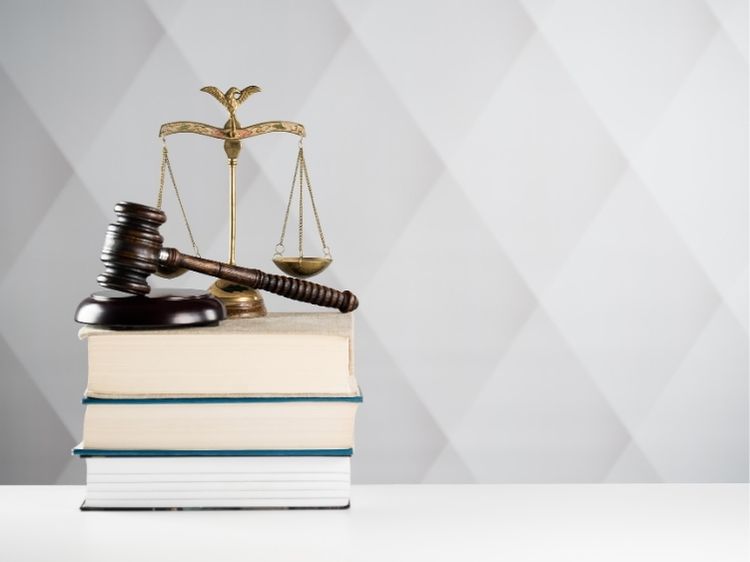In our modern, product-packed world, few things are more frustrating than a defective item. Whether it’s a car with faulty brakes or a kitchen appliance that malfunctions, defective products can cause minor inconveniences—or, unfortunately, serious injuries. The legal implications for these cases are significant, with many injured parties winning substantial settlements. In this article, we’ll dive into some of the most infamous defective product cases examples that shook industries, shaped consumer laws, and informed the public on product safety.
What is a Defective Product?
A defective product is any item that has a design flaw, manufacturing error, or lack of proper instructions or warnings, which ultimately leads to injury or harm. Defects generally fall into three main categories:
- Design Defects – Flaws that originate in the product’s blueprint and affect every item produced.
- Manufacturing Defects – Errors that occur during production, affecting some or all of the products.
- Marketing Defects – Missing or misleading information about the product, often related to safety warnings or instructions.
Iconic Defective Product Cases Examples
Here’s a breakdown of some famous defective product cases that had far-reaching impacts:
1. The Ford Pinto (1970s)
Ford’s Pinto became notorious for its faulty fuel system design, which made it prone to explosion upon rear-end collisions. Instead of investing $11 per car to fix the issue, Ford estimated that legal settlements would be cheaper. However, once this decision became public knowledge, Ford faced backlash, significant lawsuits, and reputational damage.
- Lesson Learned: Product safety should never be sacrificed for cost savings, as public and legal consequences can far outweigh initial expenses.
2. McDonald’s Hot Coffee Case (1992)
One of the most discussed defective product cases examples, this case involved 79-year-old Stella Liebeck, who suffered third-degree burns after spilling hot coffee on herself. McDonald’s had kept their coffee between 180-190°F, a temperature far higher than what most home brewers use. The jury awarded Liebeck $2.9 million, highlighting the importance of reasonable warnings on products.
- Lesson Learned: Clear warnings about potential product risks can protect both consumers and companies.
3. Takata Airbag Recall (2000s)
Over a period spanning nearly two decades, Takata airbags installed in numerous vehicles had a defect causing them to deploy explosively, injuring or even killing passengers. This recall was among the largest in history, affecting tens of millions of cars worldwide.
- Lesson Learned: For safety-critical components, rigorous testing and quality assurance are paramount, as product recalls can severely impact brand loyalty and trust.
Types of Defective Product Liability Cases
Defective product cases can vary in complexity, depending on the type of defect. Let’s look at a few main categories where liability often falls:
- Automotive Defects
Cases involving car parts, such as brakes, airbags, and seatbelts, are among the most common. Given the potential for severe injury, automotive defects can lead to high-stakes lawsuits. - Medical Devices
When medical devices fail, the consequences can be dire. For instance, pacemakers, implants, and surgical instruments have been the focus of major lawsuits when they’ve proven defective. - Consumer Electronics
From smartphones with overheating batteries to appliances with electrical faults, consumer electronics have led to numerous claims. Samsung’s Galaxy Note 7 recall, for example, occurred after multiple reports of battery fires. - Children’s Products
Products for children, like toys, car seats, and cribs, face high scrutiny. Fisher-Price’s Rock ‘n Play Sleeper was recalled due to safety concerns after reports of infant fatalities.
Understanding Defective Product Liability
In many defective product cases, consumers file lawsuits against the manufacturer or seller. These lawsuits typically rely on three main legal claims:
- Negligence – When the manufacturer fails to ensure product safety through testing or proper quality control.
- Strict Liability – Holds the manufacturer responsible for defective products, regardless of whether they were negligent.
- Breach of Warranty – Arises when the product does not perform as promised, breaking express or implied warranties.
Famous Defective Product Cases in Recent Times
1. Johnson & Johnson Talcum Powder
Consumers sued Johnson & Johnson, claiming that its talcum powder contained asbestos and caused ovarian cancer. Multiple jury verdicts have favored plaintiffs, and the company has faced billions of dollars in settlements.
- Lesson Learned: Companies must ensure that products marketed for long-term use do not have any harmful ingredients.
2. General Motors Ignition Switch Recall
GM faced lawsuits after faulty ignition switches led to unexpected stalling, disabling safety features like airbags. The defect was linked to over 100 deaths, leading to a major recall and hefty fines.
- Lesson Learned: Timely response to defects is critical. GM faced criticism for delayed action, amplifying legal and public relations repercussions.
3. Samsung Galaxy Note 7 Battery Recall
Samsung recalled its Galaxy Note 7 phones after multiple incidents of battery overheating and fires. Despite a quick response, the recall impacted Samsung’s brand reputation and cost billions in lost revenue.
- Lesson Learned: Quality control during manufacturing is essential, especially in industries with high competition and consumer expectations.
Why Defective Products Reach Consumers
While product testing and quality control are integral to most companies, defective products can still slip through due to:
- Cost-Cutting Measures: Reducing costs on safety testing or materials.
- Design Flaws: Errors in the product design phase.
- Supplier Issues: Using parts or materials from unreliable suppliers.
- Failure to Act on Early Warnings: Ignoring reports or complaints of early product issues.
Steps Companies Take to Prevent Defective Products
Most companies implement multiple strategies to prevent defective products from reaching the public:
- Rigorous Testing Protocols
Testing during the design and manufacturing phases helps identify potential issues. - Quality Control
Ensuring that each unit meets specific standards can catch manufacturing errors before they leave the factory. - Product Recalls and Updates
Some companies issue recalls proactively to limit harm if they discover defects post-launch. - Clear Warnings and Instructions
Effective labeling and instruction manuals can help prevent misuse and reduce liability.
FAQs about Defective Product Cases Examples
Q1: What types of damages can consumers recover in defective product cases?
Consumers may receive compensatory damages covering medical expenses, lost wages, and pain and suffering. In severe cases, punitive damages might be awarded to penalize companies for gross negligence.
Q2: Are all product recalls due to defects?
No, recalls can also occur due to non-compliance with regulatory standards, potential misuse, or new safety information becoming available after the product’s release.
Q3: How can consumers stay informed about product recalls?
Consumers can stay updated on recalls by regularly checking websites like the U.S. Consumer Product Safety Commission (cpsc.gov) and National Highway Traffic Safety Administration (nhtsa.gov).
Q4: What should consumers do if they’re injured by a defective product?
They should immediately seek medical attention, retain the product if possible, and consult a legal professional to explore potential claims.
Summary
Defective product cases serve as crucial examples for both consumers and manufacturers. They remind companies of the importance of safety testing, quality control, and transparency. On the flip side, they underscore the importance of consumer awareness. By staying informed and taking action when necessary, consumers can protect themselves and hold companies accountable for the products they sell.
Authoritative Sources
Here are some reliable sources for further reading:
- U.S. Consumer Product Safety Commission: www.cpsc.gov
- National Highway Traffic Safety Administration: www.nhtsa.gov
- Recalls.gov: www.recalls.gov


